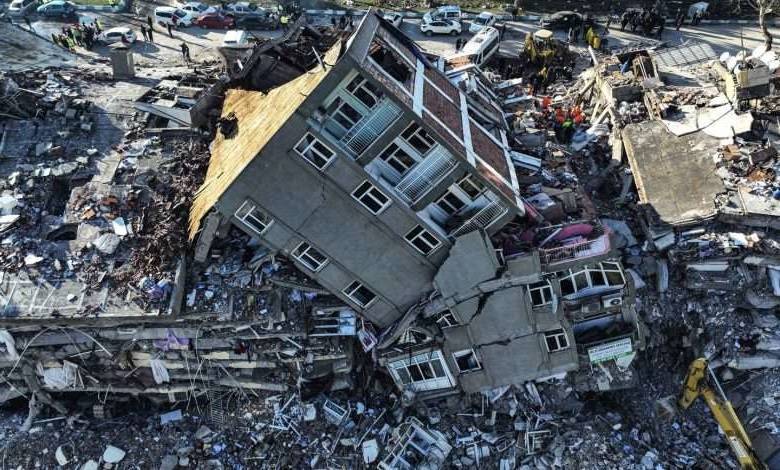The shaking happened on Friday night, with the center of the earthquake 75 kilometers to the west of Marrakesh, which is the fourth-biggest city in Morocco.
A strong earthquake measuring 6.8 on the Richter scale hit Morocco, resulting in the deaths of at least 630 people, injuries to over 320 individuals, and damage to buildings. Terrified residents ran out of their homes to find safety in the streets.
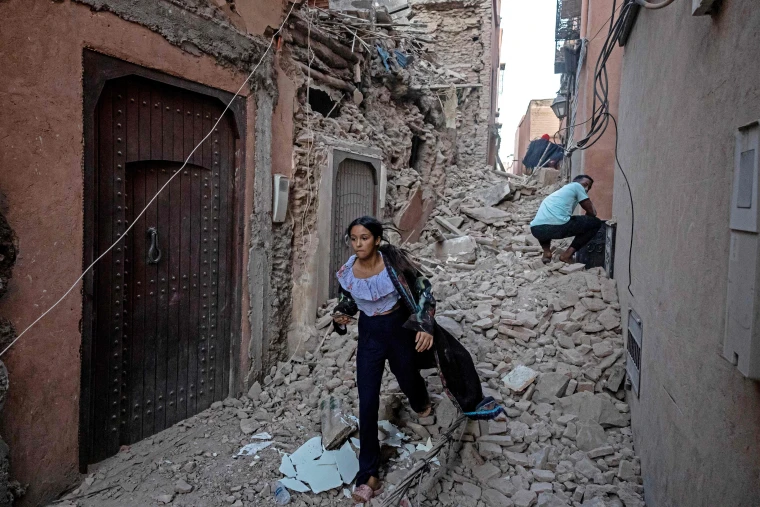
Morocco’s state television reported that the number of people who lost their lives had doubled by Saturday morning from what it was overnight, according to information from the Ministry of Interior. Out of those who were injured, 51 were in critical condition.
People who live in Marrakesh, which is the closest big city to where the earthquake started, mentioned that some old buildings in the city’s historic area, which is a special place recognized by UNESCO, fell down. The local TV showed pictures of a mosque’s tall tower that had fallen over, with pieces of stone on top of crushed cars.
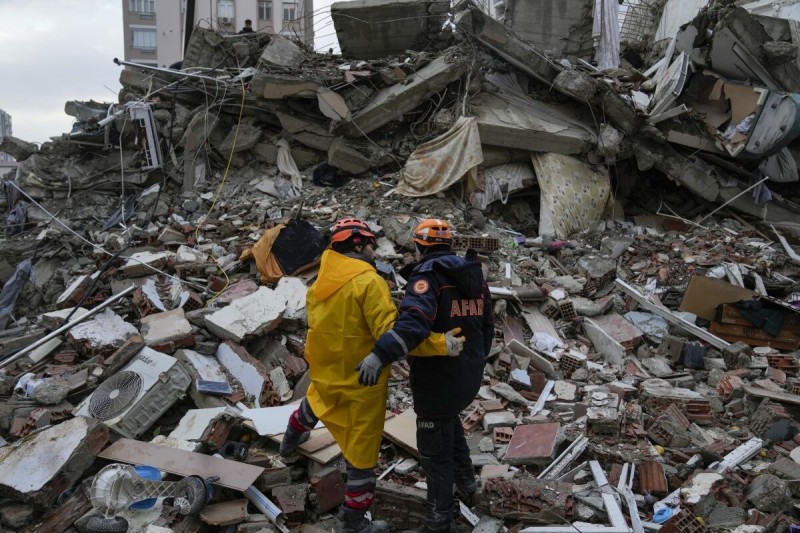
The earthquake happened a little after 11 p.m. local time (10:00 p.m. GMT) on Friday night, according to the United States Geological Survey (USGS).
The USGS thinks that the place where the earthquake started was in the Atlas Mountains, about 75 kilometers (44 miles) away from Marrakesh, which is the fourth biggest city in the country.
Teams that look for people in collapsed buildings searched desperately for anyone who might be stuck.
The government, police, and other emergency services are working together to help and evaluate the damage caused by the earthquake. A journalist from Marrakesh called Noureddine Bazine said it was a very scary night. When the earthquake happened, everything became chaotic. People are still trying to understand what happened because it came out of nowhere. In Marrakesh, the old part of the city suffered the most damage because the buildings there are very weak and can easily fall down.
A seismology professor named Eid al-Tarazi in Jordan said that there might be many more small shakes that follow the big earthquake.
“People should avoid buildings that are not sturdy because they might fall down. We think the smaller shakes could keep happening for about three to four weeks,” he explained.
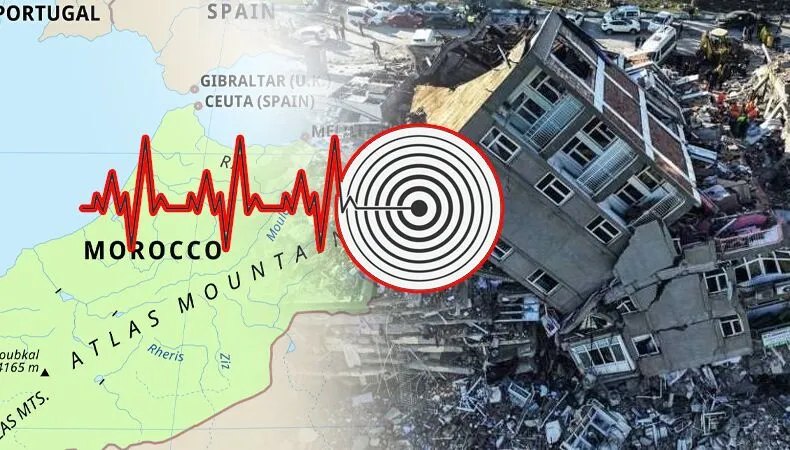
Reports from local news say that the roads leading to the mountain area near the center of the earthquake were very crowded with cars and had rocks blocking them, making it hard for rescue teams to get through.
Abderrahim Ait Daoud, who is in charge of a town in that area, told the Moroccan news site 2M that some houses nearby were either partly or completely fallen down. In some places, there was no electricity or working roads.
He also mentioned that authorities were trying to clear the roads in al-Haouz province so that ambulances and help can reach the affected people. Because the mountain villages are far apart, it will take a while to find out how much damage there really is.
Videos from Moroccans show buildings turned into piles of rubble and dust, and parts of the famous red walls around the old city in Marrakesh were damaged.

Tourists and others shared videos of people shouting and leaving restaurants in the city. Scared people in Marrakesh and Casablanca quickly left buildings and went onto the streets.
A person from Marrakesh named Brahim Himmi said he saw ambulances leaving the old part of the city. He also noticed that the fronts of buildings were damaged from the shaking.
Earthquakes in this area don’t happen often, but they’re not a complete surprise. However, one this big hasn’t happened around here for more than 120 years.
According to the USGS, there hasn’t been an earthquake with a magnitude of 6 or higher within 500km of this one since 1900. There have only been nine with a magnitude of 5 or higher.
The previous ones were also further to the east, the agency added.
The earthquake on Friday evening wasn’t very deep, happening about 18.5 kilometers below the surface. The USGS said it was caused by a specific kind of fault movement called “oblique-reverse faulting” in the Atlas Mountains.
The last big earthquake in Morocco happened in 2004 and caused more than 600 deaths. It was called the al-Hoceima earthquake and took place in a very active area where different parts of the Earth’s crust meet, right on Morocco’s northern coast by the Mediterranean Sea. It measured 6.3 in magnitude.
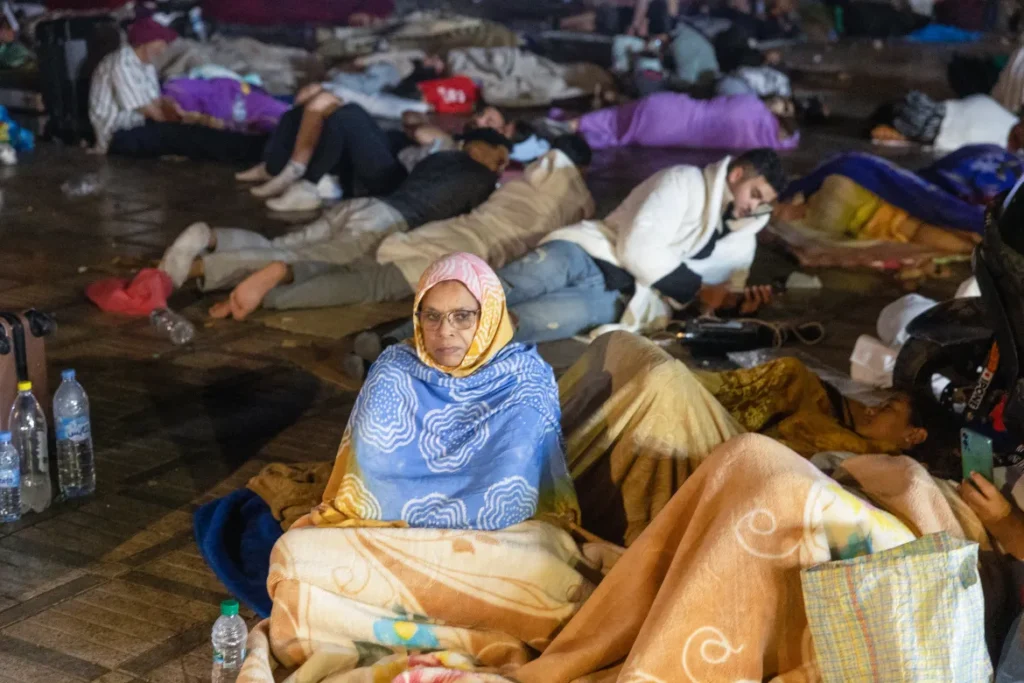
In 1980, Algeria, which is next to Morocco, experienced an even stronger earthquake known as the el-Asnam earthquake. It had a magnitude of 7.3. This was the most powerful quake the region had seen in many years. It started in the Atlas Mountains, causing many houses to collapse. This left around 300,000 people without homes and, sadly, resulted in at least 2,600 people losing their lives.
People from all over the world began sending messages of sympathy and support on Saturday.
The German Chancellor, Olaf Scholz, shared his condolences on a platform similar to Twitter. The Prime Minister of India, Narendra Modi, who was currently hosting a meeting of the world’s largest economies, said, “India is prepared to provide any help possible to Morocco during this tough period.
A spokesperson from the United Nations said that they are prepared to help the Moroccan government in their efforts to support the people affected by the earthquake.
SOURCE:ALJAZEERA

